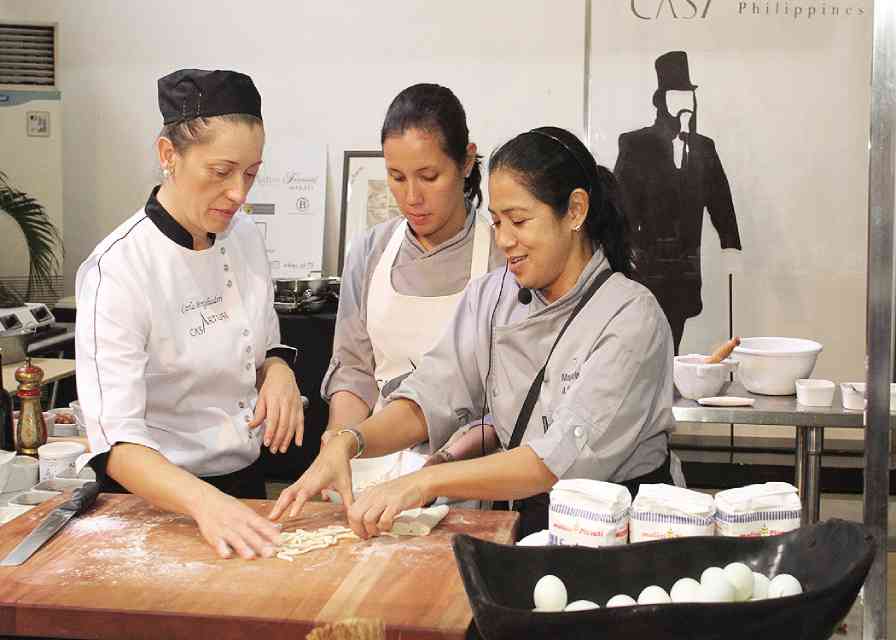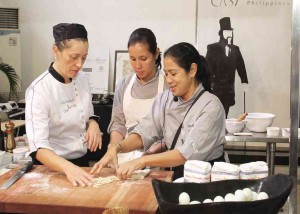
Without the modern-day mixers and machines, Italian master chef-educator Carla Brigliadori works, on her feet for hours,making fresh pasta. She never wipes the smile off her face—as if the joy of cooking and the grace of her spirit are infused into the dough.
Brigliadori’s cheerful demeanor and skillful hands represent the essence of Casa Artusi, the famous cooking school of artisanship—or food prepared by hand.
The school is an homage to Pellegrino Artusi (1820-1911), the Italian writer and merchant who wrote the definitive manual on modern Italian cookery, “La scienza in cucina e l’arte di mangiare bene” (“Science in the Kitchen and the Art of Eating Well”).
Artusi was uncompromising about the quality and freshness of ingredients. He encouraged experimentation because practice, he believed, was the best teacher.
Casa Artusi is in Pellegrino’s hometown of Forlimpopoli in Emilia-Romagna, said to be Italy’s most important gastronomic region. Of the 300 Italian products that have the quality assurance label (denominazione di origine protetta), more than 10 percent is produced in this province.
By law, Prosciutto di Parma (cured ham) and Parmigiano Reggiano cheese can be made only in Emilia-Romagna. The dampness with which the nearby Po River permeates the winds wafts into the cellars and kitchens that make the wines and cured meats.
Brigliadori has been conducting cooking demos for food lovers and aspiring chefs at Casa Artusi Philippines—established by Margarita Forés, the country’s proponent of Italian cuisine.
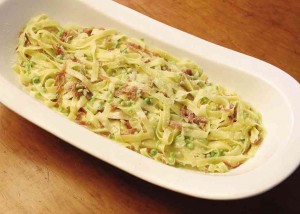
Brigliadori grew up watching her grandmother and mother prepare feasts for large family reunions. At 9 years old, she was already adept in preparing fresh pasta and their sauces, fish and meat dishes.
Although she has a PhD in Philosophy from the University of Bologna, she pursued her passion for cooking. With her expertise in food history and wines, and experience in restaurants, hotels and farms, she was hired as executive chef of Casa Artusi.
More than a ritual
In a roomful of uniformed chefs at Casa Artusi Philippines, Brigliadori shows how pasta making is more than a daily ritual in Emilio-Romagna.
She makes a volcano of flour, breaks the duck eggs (which Forés says are richer than local eggs), kneads the dough, sets it and rolls it with a matterello, a long rolling pin. The pasta is sculpted and cut into 12 shapes.
Brigliadori tells Inquirer Lifestyle that one needs to be attentive in cooking in order to adapt to the environment. “You need to see, feel, touch, smell and hear what’s around you,” she says in Italian.
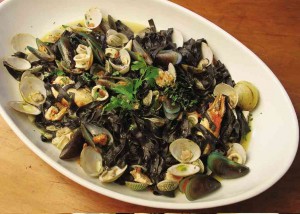
Forés explains that pasta is prepared in a well-ventilated environment in Italy. Since Brigliadori is making pasta in an air-conditioned classroom in Makati, she has to work faster so that the pasta doesn’t dry up.
An Italian mother can gauge the value of her future daughter-in-law by the smoothness of her pasta dough, says Forés.
Cooking is an expression of individuality. If 20 students in a class prepare pasta with the same recipe and ingredients, there will be 20 different results, says Brigliadori.
This is why she finds it challenging to replicate her grandmother’s recipes, such as artichoke cooked slowly with lard and garlic in a terra cotta pot.
The recipe isn’t complicated, but the dish just doesn’t come out the way her grandma made it.
“Cooking is a combination of what we remember and the ever-evolving cuisine. Likewise, a person’s maturity and experiences will also determine the quality of the results,” says Brigliadori.
Bad mood is anathema to cooking; the results will be below par, she points out.
In a fertile region with a diverse range of premium food products, it is not unusual that people from Emilia-Romagna can be finicky.
Zucchini
Forés recalls that when the visiting Artusi staff was shopping for zucchini at Farmer’s Market in Cubao, and they noticed how much of the produce was getting too soft, they had to feel

each vegetable in the pile to be able to pick out the best.
“Choice is the key. There are many good products out there,” says Brigliadori. “It’s important to get the best ingredients because, in the end, you ingest the food, and this will influence your health. We give respect to ourselves if we are attentive in selecting ingredients. This is the philosophy of Artusi.”
Like food processors and pasta machines, freezers are uncommon in Italy. “Freezing changes the food’s quality. It will always come out better when the ingredients are fresh,” says Forés.
Instead of using imported frozen green peas for the traditional peas and prosciutto recipes, she went to the market for 6 kilos of fresh chicharo (snow peas). The shells were used to cook the staff meals while the peas were mixed with the pasta.
“We made something new from a 200-year-old recipe by using a local ingredient that we’ve been taking for granted,” exclaims Forés.
Brigliadori’s visit included a Casa Artusi dinner at the CVC Law Office in BGC.
One afternoon, we visit the kitchen and observe how the salsiccia coll’uva, freshly made Italian sausages, is braised in grapes.
Then there are raw fish roe and tuna sperm sacs for the risotto coi gamberi e lattume (risotto with river prawn and fish semen sac). Forés favors rice grains by Acquerello, the “Rolls-Royce” of food products, for the risotto.
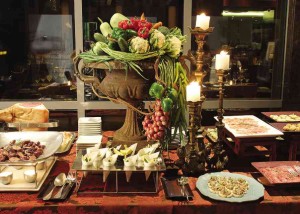
The highlights are the boiled meats flavored with mostarda, a sweetish condiment; beef belly and ox tongue, organic duck and cotechino, an Italian charcuterie.
The guests are nibbling on canapés with chicken livers and sage and salted codfish while sipping Lambrusco, a deep red and frothy wine from Emilia-Romagna that’s perfect for the humid weather.
Meanwhile, Brigliadori is kneading, folding and flattening the dough, and manually cutting it into fine diagonal slices of papperdelle noodles.
In a modern world where convenience food has become the lifestyle, culinary traditions are threatened. But Emilia-Romagna remains a staunch advocate of artisan cooking.
“There’s always something special about doing the old-fashioned ways with the hand,” says Forés.
“It’s good for the body and soul.”
RELATED STORIES

